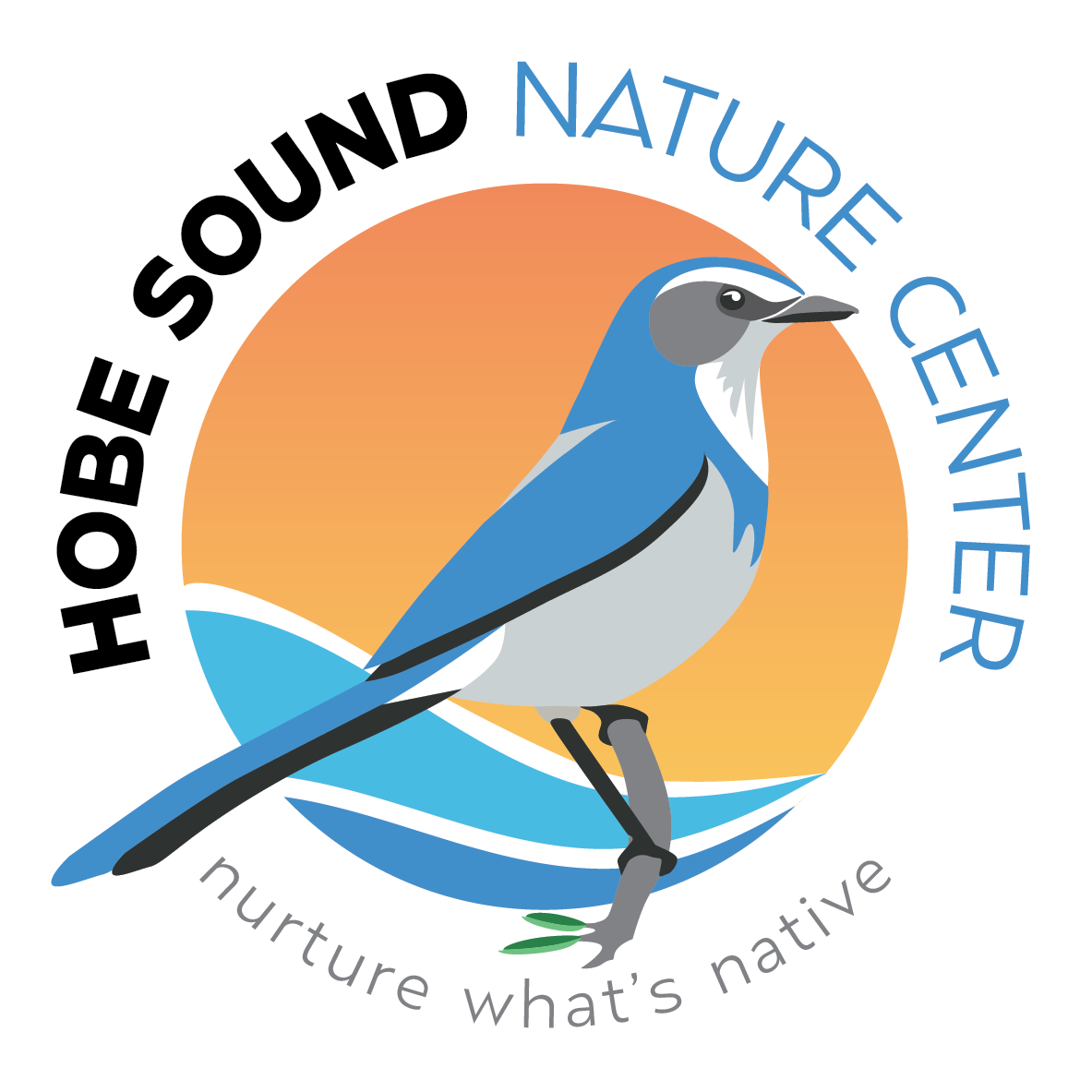Wild Trouble: Florida’s Struggle with Invasive Species
Printed in Hobe Sound Magazine, October 2024
By Jill Griffin, Ph.D., Executive Director, Hobe Sound Nature Center
(in cooperation with the Nathaniel P. Reed Hobe Sound National Wildlife Refuge)
Growing up in South Florida, most reptile encounters were limited to the occasional sighting of a green anole or hearing the funky calls of the tokay gecko in the wee hours of the night. These days, every landscape is crawling with a vibrant diversity of odd, husky-looking lizards that defy the imagination.
The Sunshine State is known for its vibrant ecosystems, from the Everglades to the Florida Keys, boasting over 1,350 miles of coastline. However, beneath the surface of this expansive natural beauty lies a growing crisis: invasive species. These non-native animals and plants are wreaking havoc on Florida’s delicate ecosystems, endangering native wildlife, and threatening agriculture, tourism, and human health. As Benji Jones, an environmental journalist at Vox stated, “To see exotic animals in Florida, one could visit Disney’s Animal Kingdom, Busch Gardens, or Zoo Miami. Or they could just step outside.”
Currently, all of Florida’s habitats, whether marine, freshwater, or terrestrial, are under attack by invasive species, defined as any non-native plant or animal that causes harm to an ecosystem, tourism, and/or human health. These species are typically introduced by humans, either accidentally or intentionally, and Florida wins the gold medal for the most Invasive species per continental state, largely due to our warm, subtropical climate, a thriving exotic and ornamental pet trade, and our location as a geographic hub for international ports and 130 million tourists a year.
Florida is home to over 500 non-native animal species, though there are no current, accurate estimates regarding how many of them are invasive. I’m sure we’ve all heard about the Burmese python, which is native to Southeast Asia and brought to the US as a popular exotic pet as far back as the 1970s. Many were released by owners when they became too large to handle. This massive, 200-pound snake has wreaked havoc on the Everglades ecosystem, with post-mortem studies of their gastrointestinal tracts revealing the remains of American alligators, white-tailed deer, wild pigs, bobcats, great blue herons, roseate spoonbills, and wood storks, as well as smaller species of mice, rabbits, and birds. That’s quite the menu, paired with a voracious appetite!
Or, how about those pesky feral hogs? Early European settlers brought livestock, including pigs, to North America and some inevitably escaped. Feral hogs are prolific breeders and, though they predominantly consume plants, their habit of rooting underground causes significant damage to native ecosystems…. not to mention they can weigh several hundred pounds and are known to be aggressive.
Then, there’s the giant African snail. These huge snails consume almost every kind of native plant species and, when they can't find enough calcium in the environment to build their shells, they’ll eat stucco off buildings and paint off cars. If that wasn't bad enough, they carry a parasite that can cause meningitis in humans. Rest assured, snail sightings are becoming increasingly rare, and biologists are confident that these slimy pests are on the verge of eradication.
What makes these invaders so successful? They often lack natural predators in their new landscapes, are capable of multiplying rapidly, and have some nifty characteristics that allow them to greedily hog resources (e.g., food, habitat, light). Hundreds of millions of dollars are spent each year to combat invasive species in Florida, including mechanical, chemical, and biological control. However, FWC considers public awareness and education one of the most effective tools in combatting this ongoing crisis, with messaging about responsible pet ownership front and center. They also host an Exotic Pet Amnesty Program on weekends, which allows pet owners to surrender non-native pets without penalty.
Want to help? You can participate in local invasive species removal events, volunteer with wildlife organizations, or even become a citizen scientist by reporting invasive species sightings to FWC’s online database (IveGot1.org). By remaining vigilant, raising awareness, and working together, we can help curb the spread of invasive species and preserve the rich biodiversity that makes Florida so unique.
As we ponder everything above, I leave you with one, last consideration: No species has spread so far, conquered so much, and consumed so recklessly as Homo sapiens sapiens. Though humans often claim mastery over nature, we are the most destructive force it has ever known. It’s time to act before it’s too late.

